Camera batteries: types and selection rules

At the same time as choosing a camera, the question arises as to the type of suitable batteries. From the material in this article, you will learn what they are, how to choose and use them correctly.
Characteristic
The camera battery is rechargeable battery that powers digital cameras... Such elements are selected taking into account the characteristics of a particular device. They are inserted into a special compartment of the camera. As a rule, they are sold charged, so they are ready for use immediately after purchase.
Energy inside batteries is generated by chemical reactions. As it is used up, the batteries recharge, replenishing chemicals. Charge and discharge cycles without loss of capacity can be up to 1000 and more. In this case, the type of battery can be different.
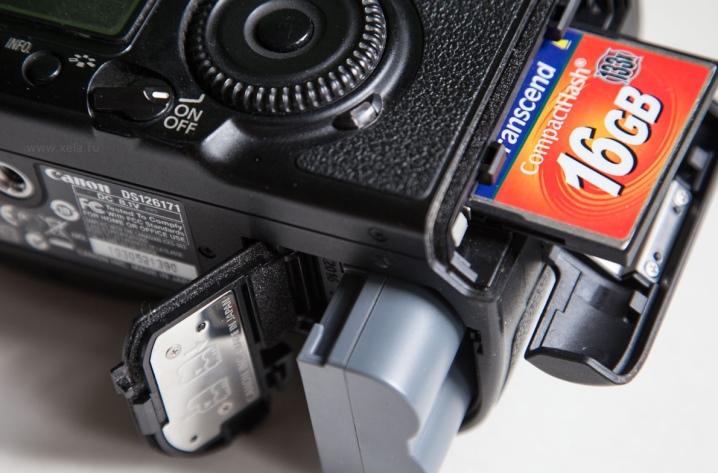
Views
The entire assortment of power supplies for cameras is divided into 2 groups: disposable batteries (batteries) and rechargeable batteries. In this case, the batteries have 2 standard sizes: finger (AA) and little fingers (AAA).
By the way they produce energy, they are electroplating and rechargeable. Disposable batteries are produced in 3 types: alkaline, salt, lithium. At the same time, salt power sources shorten the life of the cameras. Alkaline and lithium varieties are more suitable for technology. At the same time, lithium is considered the best among these 3 types.
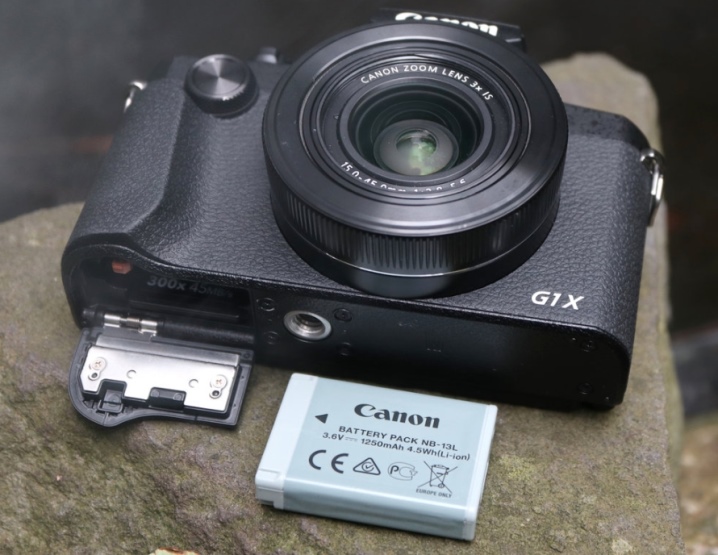
Batteries are classic and individual, removable and built-in... The advantage of AB (rechargeable batteries) is the ability to charge. They are considered the best option, are suitable for frequent use of the camera, and are considered a payback purchase. The best ones can be charged about 1500 times.
Batteries for cameras differ in the type and material of manufacture, as well as in voltage and capacity. By the type of execution, they are lithium-ion (Li-ion), lithium-polymer (Li-pol), nickel-cadmium (Ni-Cd), nickel-metal hydride (Ni-MH), including the abbreviation LSD Ni-MH.
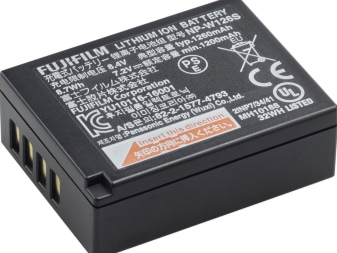
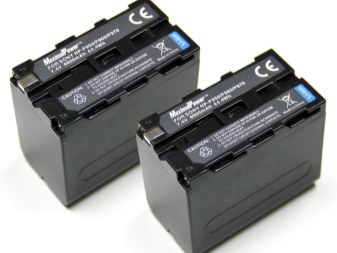
Each type of rechargeable battery has its own characteristics:
- lithium ion and lithium polymer varieties weigh little and hold a charge for a long time, but are expensive and not designed for a large number of charges;
- nickel metal hydride options durable, give high voltage, but weigh a lot and are expensive;
- nickel cadmium batteries inexpensive, weighing little, working with temperature fluctuations, but quickly discharging and can only be charged after a full discharge.
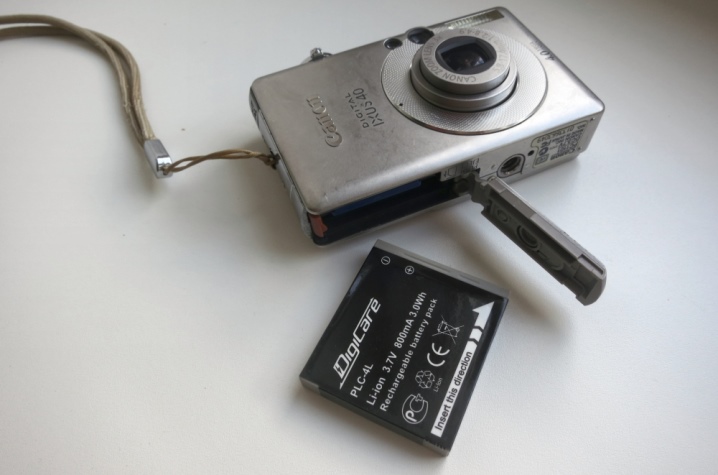
Manufacturers
Various leading companies are involved in the production of rechargeable batteries for cameras. The ranking of the best batteries includes several brands, namely:
- Duracell, Energizer (USA);
- Varta (Germany);
- Panasonic (Japan);
- Sony (Japan);
- GP (Hong Kong).
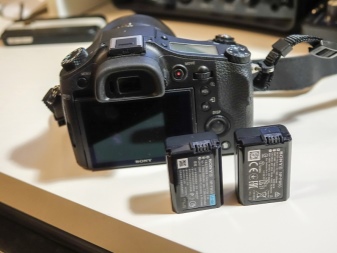
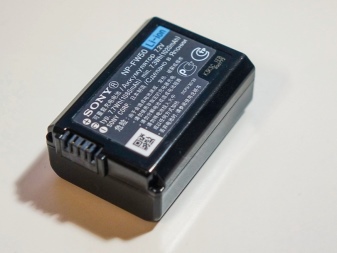
Criterias of choice
You need to buy suitable batteries of a certain brand for the camera, ideally the product that is produced by the manufacturer of the camera itself. At the same time, manufacturers indicate the necessary parameters and the type of suitable batteries in the instructions for the cameras produced.
Modern cameras consume a lot of power. The battery should last for long shots, so cheap fingertip options aren't good. It is best not to choose batteries that drain quickly. The key purchase criteria are battery size, voltage and capacity.
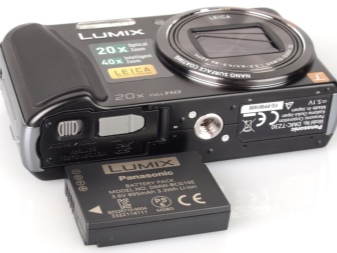
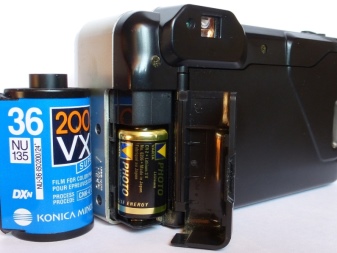
If the purchased battery is compatible with the camera, but its capacity is less than required, this will affect the number of shots. At the same time, this will not affect the quality of shooting. Typically, rechargeable batteries have a specific shape and specific contact locations. Therefore, you need to go to the store with your camera.
When buying a battery, you need to pay attention to the characteristics in the attached AB documentation. On its case, you need to look at the volume, which is indicated in mAh. The capacity should vary between 1200-3200 mAh. Besides, you need to choose options with a low self-discharge level, high current output and a long service life.
It should be noted that the quality of the battery is directly related to its charging. Lithium-ion batteries can be recharged at any charge level. For cameras of well-known brands, lithium-ion batteries are produced, which are equipped with chargers for the size of the installed battery. You need to buy a battery from a trusted supplier.
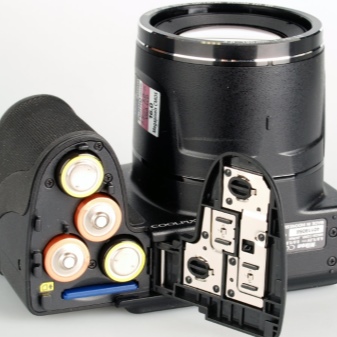

Operating rules
To ensure that the camera works properly and does not fail at the most inopportune moment, you need to adhere to certain operating rules.
- Use for the camera you need exclusively compatible charger with the required automation, which will monitor the charging level.
- The battery must not be completely discharged, you need to avoid situations where the camera sits down and turns off. If this happens, the camera should be recharged immediately.
- Store batteries in a state of 50% charge.
- Can't be exceeded maximum allowable charge level.
- You need to try protect the battery from hypothermia... Some types of chargers are not frost-resistant.
- Batteries can and should be recharge with residual charge... Their capacity does not decrease from this.
- Capacity varies with temperature... If a charged battery is taken out into the cold, its capacity is reduced by 10-20%.
- The capacity is dependent on atmospheric pressure. For example, when used in the mountains, it is noticeably reduced.
- If unnecessary, you need remove the battery from the camera compartment... The storage temperature should not be low.
- If the battery is not used for a long time, its service life is reduced.
- Lithium-ion batteries have no memory. There is no point in "overclocking" them.
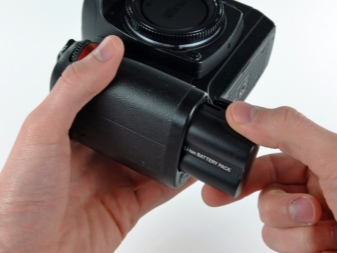

If the camera runs out of battery quickly or does not charge, there may be several reasons. This is often due to deterioration of the power supply as well as the end of the number of charge cycles. In addition, this happens with low power batteries, which simply do not pull the device.
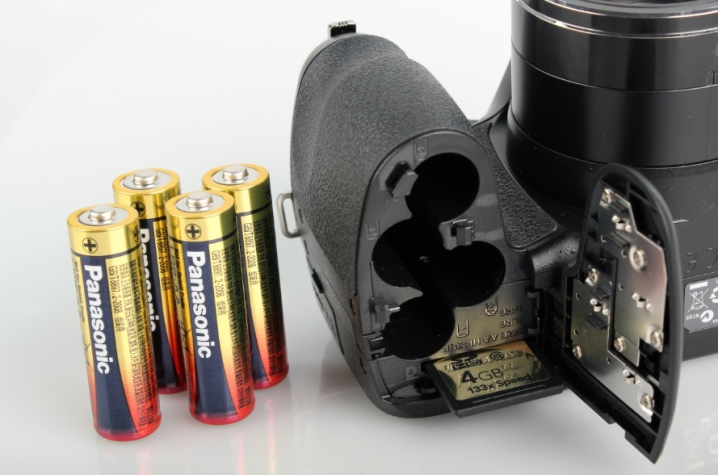
And also the reason may lie in the wrong choice of energy source. Sometimes this is due to the purchase of practically discharged batteries. This also happens with loose contacts in the plug or in the battery compartment.
Another reason may be damage to the camera itself.
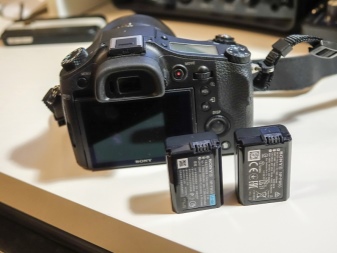
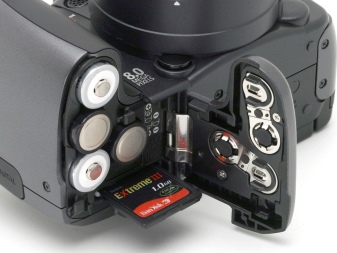
The next video tells you which is better to choose: batteries or rechargeable battery.













The comment was sent successfully.